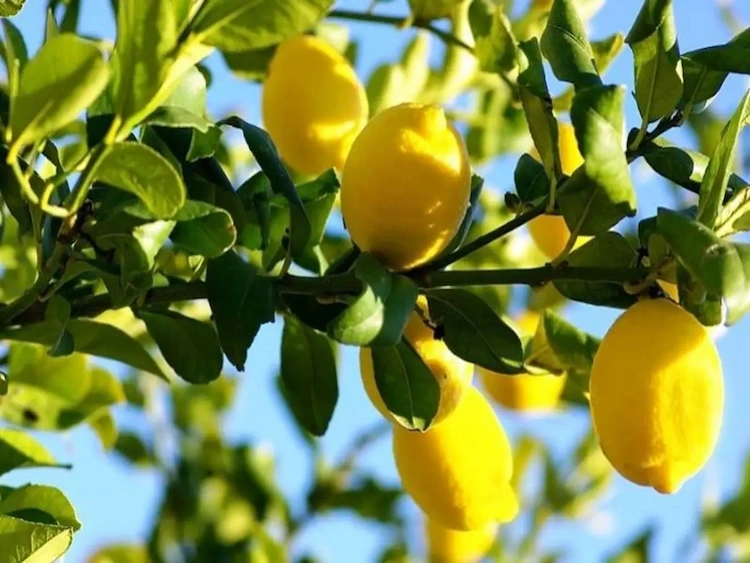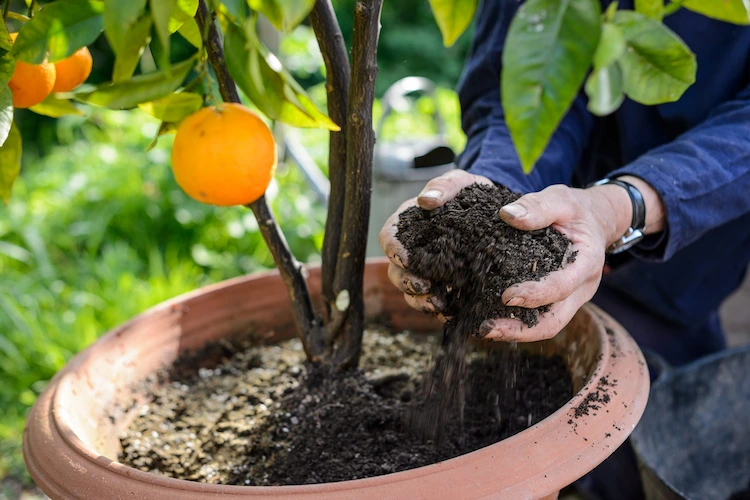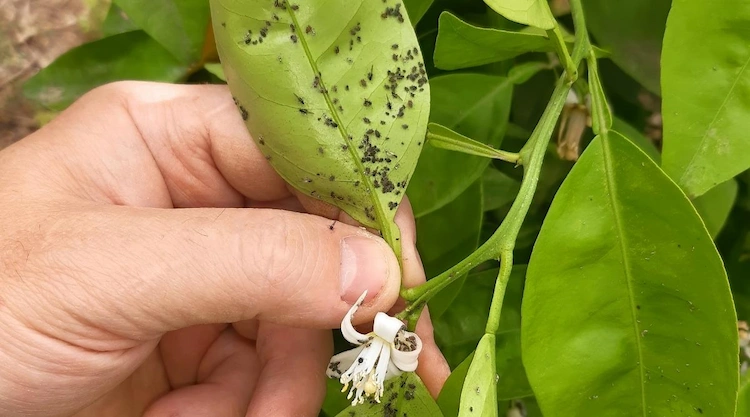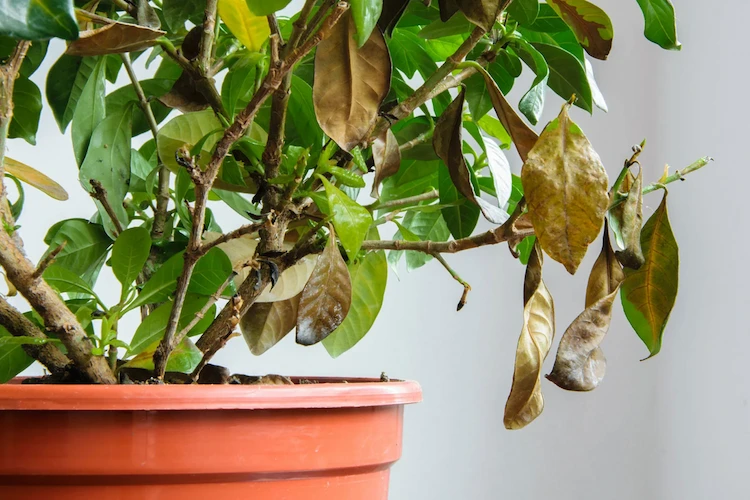Citrus trees are evergreen plants that we all love! Many gardeners grow lemon trees in the garden or indoors. It can happen that a lemon tree loses leaves when it is stressed. There are a few causes of this problem, but fortunately there are corresponding solutions as well. Read on to learn how to save your lemon tree and how to care for it properly.
Lemon tree loses leaves due to cold damage
As a rule, citrus trees do not like cold or frosty temperatures. Winter lemon tree leaf drop can happen when temperatures drop to minus 2 degrees Celsius for four hours or more. When temperatures drop below 0 degrees Celsius it is best to protect young trees (less than five years old) by covering them or moving them to a sheltered spot.
If possible, water the plant 48 hours before frost and postpone pruning until spring to prevent winter leaf fall.
Overwatering can lead to leaf fall
Your lemon tree is losing leaves due to overwatering and this is a common reason for leaf drop. If the roots of the tree are submerged in water, they can develop root rot, which in turn will cause the lemon tree to shed leaves. Mulch around the roots to prevent root rot and to keep watering to a minimum.
Avoid dehydration

Leaf fall can also be due to a lack of moisture. If the leaves are shriveled before they fall, this is an indication that the lemon tree is under stress due to drought. Lemon trees prefer to be watered relatively infrequently, but under-watering can result in leaf drop. Lemon trees need to be watered generously so that the water seeps to the bottom of the pot.
Also, dry climate, excessive wind or dry air when the lemon tree is indoors deprives the leaves of moisture, causing them to fall off. Intense heat in a greenhouse, near a heat source, or due to weather conditions can increase the drying rate of the soil and rob the lemon tree of moisture, again leading to leaf drop.
Lemon trees lose leaves due to lack of sun

Lemon trees like the sun. Leaf drop can therefore occur when the lemon tree is in the shade. Then the leaves can turn yellow and fall off, and the plant looks unhealthy. Always place your lemon tree in as sunny a position as possible, be it in the garden, in the greenhouse or indoors in winter.
If you bring your tree indoors in the winter, be sure to place it near south-facing, sunny windows to keep it healthy and to allow you to meet its need for sunlight and prevent leaf drop.
Lack of nutrients is another cause

A deficiency in any of the nutrients lemon trees need to thrive can lead to problems like leaf drop. In particular, nitrogen, magnesium, iron, zinc and manganese deficiencies can lead to leaf fall in lemon trees. To maintain healthy trees, fertilize them with a good citrus fertilizer every six weeks if the tree is less than seven years old. Mature trees should be fertilized frequently but in small amounts from October to February.
Lemon tree loses leaves due to leaf diseases
Some lemon leaf diseases that cause yellowing, dieback, and defoliation are: Alternaria brown spot, blight spot, and Phytophthora. Alternaria brown spot disease leads to yellowing of the leaves and blackening of the leaf veins and to fruits with sunken black to brown spots with yellow halos. Die fat spot disease is caused by fungal spores and causes yellow spots on the upper surface of leaves. Leaf drop then occurs, reducing fruit set and increasing the risk of damage to the tree from cold or pests. Improving drainage and watering in the morning will help eliminate Phytophthora, as will keeping the area around the tree free of grass, weeds, other debris, and mulch.
Watch out for pests

Pests can also be responsible for leaf fall on lemon trees. The Asian Citrus Pyllid produces honeydew which leads to sooty mold and causes damage and leaf fall by feeding on the young citrus leaves. Oil sprays can control this pest with frequent use. The citrus leaf miner is also a pest affecting the leaves of citrus trees. The leaf miners can hardly be seen with the naked eye. Infested areas of the tree should be removed and destroyed for successful insect control. Introducing a predatory wasp has also proven to be a successful means of controlling the leaf miner population.
Lack of fertilizer can cause leaf drop
Lemon trees are heavy feeders and need regular fertilizer. A lack of fertilizer, while not usually a direct primary cause of leaf drop, is often a contributing factor. Lemon trees do very well in pots as they have good drainage and can be brought indoors for winter protection in cooler climates. However, the roots can use up the nutrients in the pot, causing the leaves to turn yellow and some of them may fall off.
Experts recommend using a special citrus fertilizer, available at garden centers, once a month during the growing season to encourage fruiting and ensure the plant stays healthy in the cold, making it more resilient and less likely to drown leaf fall suffers.
